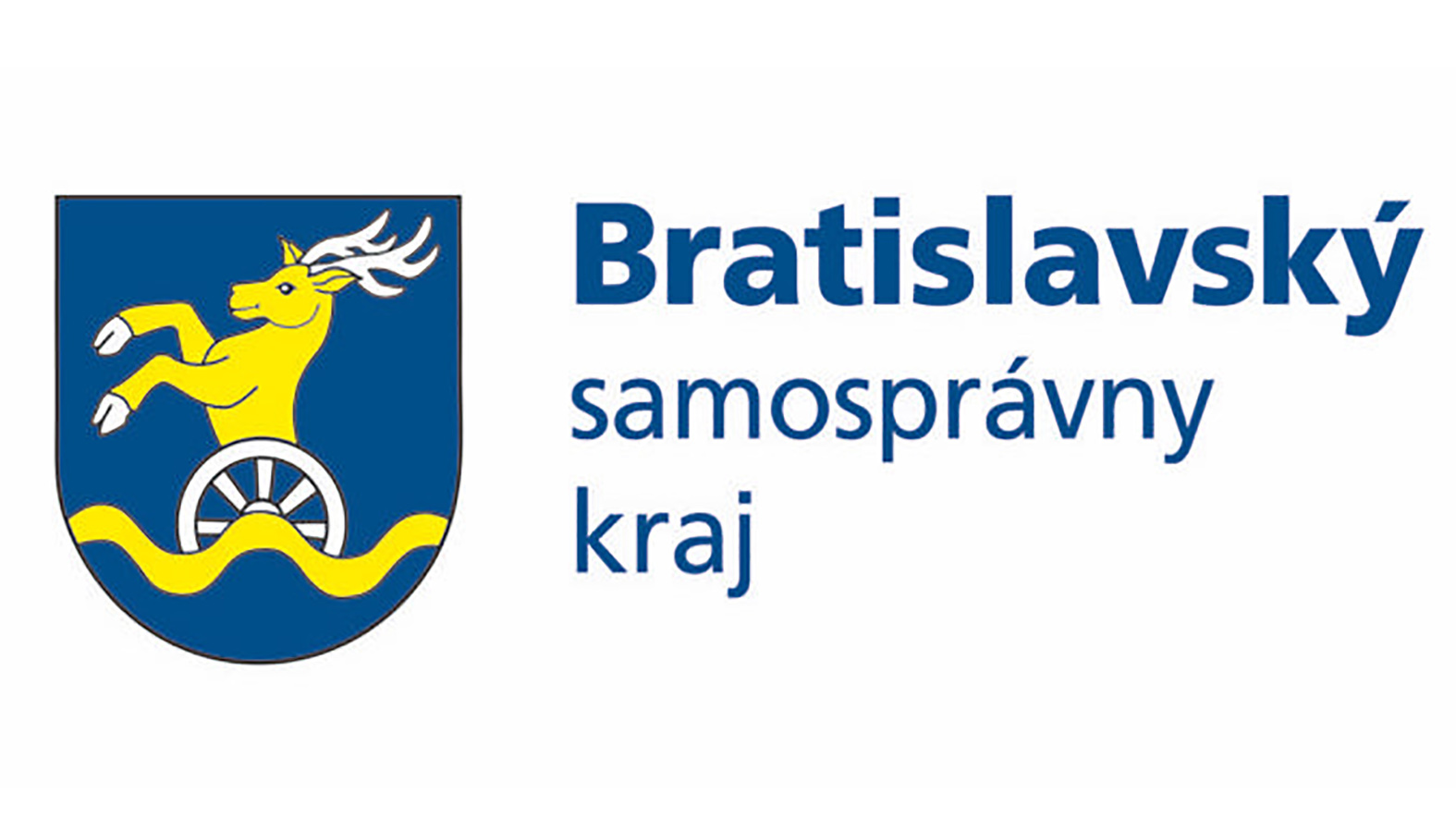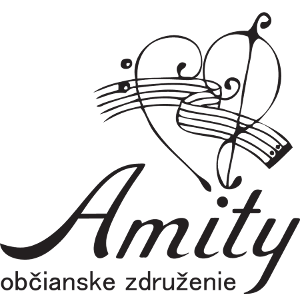V√Ĺborn√° recenzia na album Michal Noga Band – Stopy
Michal Noga Band
Stopy
artist release
Review and photos by Andrew Cronshaw
Some musicians involved in folk music release an album as soon as they have the ability, repertoire and resources. Other spend many years playing with and learning from tradition-bearers living and passed, and build a reputation before committing to their first release, and when they do it’s well worth paying attention.
Michal NogaFiddler Michal Noga is of that latter category. He and his band are well-known in Slovakia, playing at dance houses and festivals; I saw them last year at one such, Bratislava World Music Festival, and they put on a strong, varied show.
Michal‚Äôs playing is top-class, impeccably accurate and full of lightness and energy, accompanied by his band of Jakub LiŇ°ka (fiddle), J√°n Tej (kontra), Marek Neumahr (cimbalom) and Tom√°Ň° ńĆopik (double bass). All of them sing, and they‚Äôre joined for the album by male and female solo and group singers and, for individual tracks, extra instrumentalists including clarinet, sax and double-chanter bagpipe.Michal has a background in ethnology, and for this long-awaited debut album he‚Äôs gathered the material from the rich traditions of various regions and peoples of Slovakia. Much is from Romani bands, there‚Äôs the influence of Vlach (Wallachian) shepherds, Hungarian music, the bagpipe music of the Upper Orava region, his father‚Äôs Rusyn origin, the music of the small legless cimbalom carried by players in the Kysuce and Gemer-Malohont regions, the powerful polyphonic singing of the Horehronie region that‚Äôs still particularly strong in the village of ҆umiac, the music of Z√°mutov where he did his first fieldwork, and there‚Äôs a reconstruction of two-sax, cimbalom and drum music of the Romani band ŇĹolt√°kovci from Raslavice. And, combined with this fiddle-led music, many of the tracks feature songs, sung by the band and powerful, full-throated guest male and female vocal groups and soloists from Horehronie and elsewhere, that are as much a salient feature of the album as the instruments.
There’s a nice conceptual feel to the way the music is presented, that alludes to this being youngish present-day musicians paying tribute to the musicians and bands who have carried the traditions. The album begins with the click of an old tape recorder being put in to play/record, and ends with the stop-click. Clips from old source recordings open some tracks, and one incorporates the sound of the tape slowing down.
CDReally demonstrating the desirability of a physical album as against a download, the packaging ingeniously reflects that tape concept, with the surface of the CD itself being a convincing photo of a plastic tape reel with Dymo-label titling (even the release year 2020 on the CD tray is in the form of a tape-counter), and a tape recorder appears with Noga and his fiddle on the digipak front photo and in the well-designed booklet that contains good track notes and song lyrics in Slovak and English, and photos of source bands and musicians. – Andrew Cronshaw


 English
English Previous Post
Previous Post Next Post
Next Post





        
        

